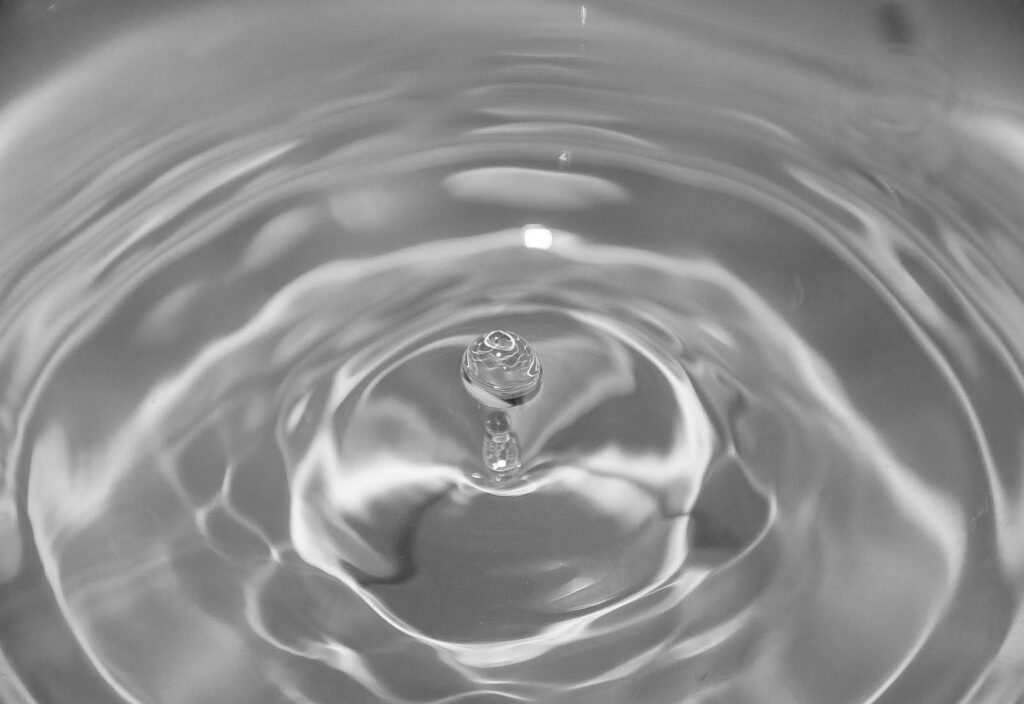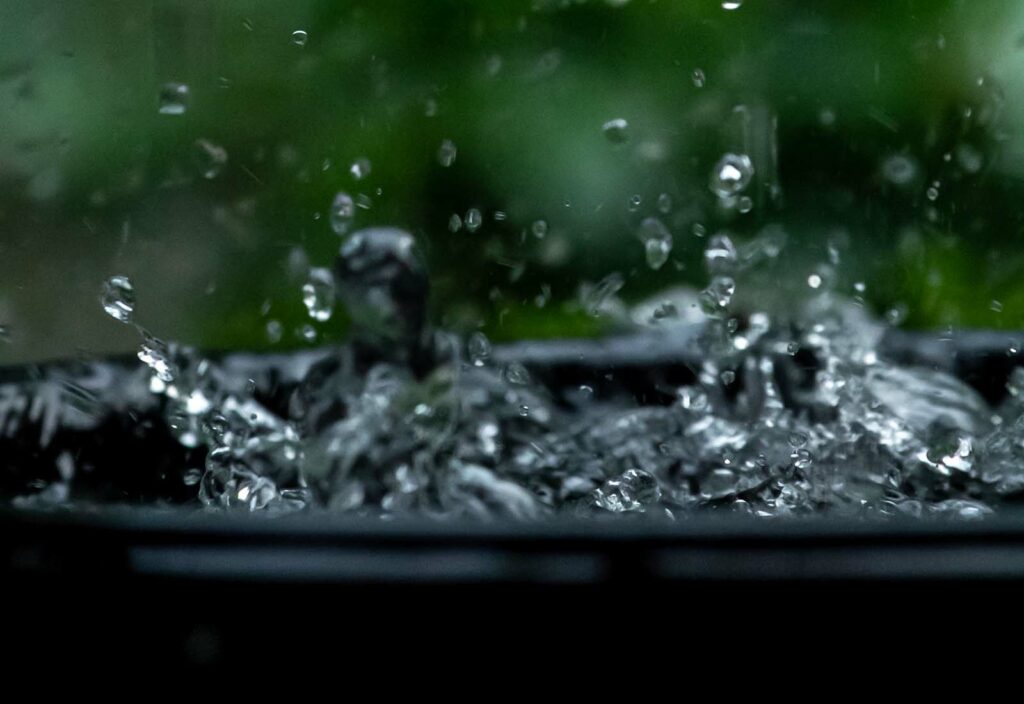
THE PUNCH RESOURCES
Harnessing Rainwater: A Sustainable Solution for Bali's Water Challenges
Bali, Indonesia – November 7, 2023
Rainwater harvesting is a method of collecting and storing rainwater for various uses, typically in areas where access to a centralized water supply is limited or where water conservation is a priority. It involves the collection of rainwater from rooftops, surfaces, or catchment areas and its storage in tanks or cisterns for later use. The harvested rainwater can be utilized for a wide range of purposes, including irrigation, landscape watering, flushing toilets, washing clothes, and even as a source of potable water with appropriate treatment. Rainwater harvesting is an eco-friendly and sustainable practice that helps reduce the demand on traditional water sources, conserves water, and can be particularly beneficial in regions with seasonal or intermittent water scarcity.
Rainwater harvesting offers a multitude of benefits that significantly impact communities and the environment.
What are the key benefits of rainwater harvesting?
Rainwater harvesting offers a multitude of benefits that significantly impact communities and the environment. It promotes water conservation by collecting and storing rainwater for future use, thus reducing the demand on traditional water sources. This practice not only conserves freshwater resources but also leads to substantial cost savings by decreasing the reliance on treated water, effectively lowering water bills.
In regions with water scarcity or unreliable access to centralized water supplies, rainwater harvesting provides a sustainable water source, ensuring a reliable water supply even during dry periods. This technique also mitigates flooding and soil erosion in urban and rural areas by capturing rainwater and reducing surface runoff, making it a valuable tool for flood control.
Rainwater harvesting also contributes to environmental benefits by reducing the need for large-scale dam construction and water extraction from rivers, which can be harmful to aquatic ecosystems. Furthermore, it enhances drought resilience by offering a buffer against water shortages and enhancing overall water security during dry spells. By decentralizing the water supply, rainwater harvesting reduces the strain on centralized water infrastructure, leading to extended lifespan and decreased maintenance costs.
Rainwater is naturally soft and low in minerals, making it suitable for various applications without the need for water softening, benefiting both households and industries. It supports sustainable agriculture by providing an eco-friendly water source for irrigation, reducing reliance on overexploited groundwater. In particular, it promotes self-sufficiency by empowering individuals and communities to take control of their water supply, reducing vulnerability to water shortages or disruptions. Lastly, rainwater harvesting aids in climate change adaptation by helping communities adjust to changing rainfall patterns associated with climate change, contributing to overall resilience and environmental responsibility.

How can rainwater be collected through various methods?
Rain Barrels
The most common method involves placing a barrel at a gutter’s downspout to collect rainwater. Pros: Easy to set up at any residence, barrels are readily available, and they don’t require much space. Cons: Limited capacity (usually 50 to 100 gallons) and can overflow.
“Dry” System
Similar to rain barrels but with larger storage. The collection pipe empties directly into the storage tank after each rain event. Pros: Stores a large amount of rainwater and works well in regions with infrequent, heavy rainfall. Cons: Tank must be located next to your house.
“Wet” System
Involves underground collection pipes that connect multiple downspouts from different gutters. Rainwater fills the underground pipes, rising into the tank. Pros: Collects from the entire surface, multiple gutters, and downspouts, and the tank can be away from your house. Cons: More expensive due to underground piping, requires a significant height difference between gutters and the tank inlet.

How can businesses implement rainwater harvesting for their water management?
To ensure the sustainability of tourism and business operations, innovative water management solutions are essential. Rainwater harvesting involves collecting and storing rainwater for various uses, including irrigation, sanitation, and even potable water supply. This technique has gained traction in Bali due to its ability to address the island’s water challenges while promoting environmental responsibility.
For businesses operating in Bali and contemplating the adoption of rainwater harvesting, a series of vital steps should be carefully considered to ensure the successful implementation of this sustainable water source:
Assess Water Needs
The first crucial step for businesses in Bali considering rainwater harvesting is to assess their water requirements accurately. This evaluation will help determine the appropriate system size and infrastructure necessary to meet their specific needs, whether for daily operations, irrigation, or other purposes.
System Design
Following the assessment, it’s vital to collaborate with experts in the field to design a rainwater harvesting system tailored to the business’s unique requirements. This design process should also take into account and adhere to any local regulations and guidelines related to water harvesting and usage.
Installation
Expert installation of the rainwater harvesting system is essential for optimal performance. This typically involves setting up the necessary infrastructure to collect rainwater from roofs and store it in tanks or cisterns. The efficiency and effectiveness of the system rely heavily on proper installation.
Water Quality
Maintaining high water quality is of utmost importance. Businesses should implement effective filtration and treatment methods to ensure that the harvested rainwater meets quality standards for its intended use. This step is crucial, especially if the harvested water is to be used for purposes like drinking or food production.
Monitoring and Maintenance
To ensure the long-term efficiency and longevity of the rainwater harvesting system, it’s essential to establish a regular monitoring and maintenance schedule. This includes inspections, cleaning, and repairs as needed to keep the system running smoothly.
EXPLORE THE PUNCH

